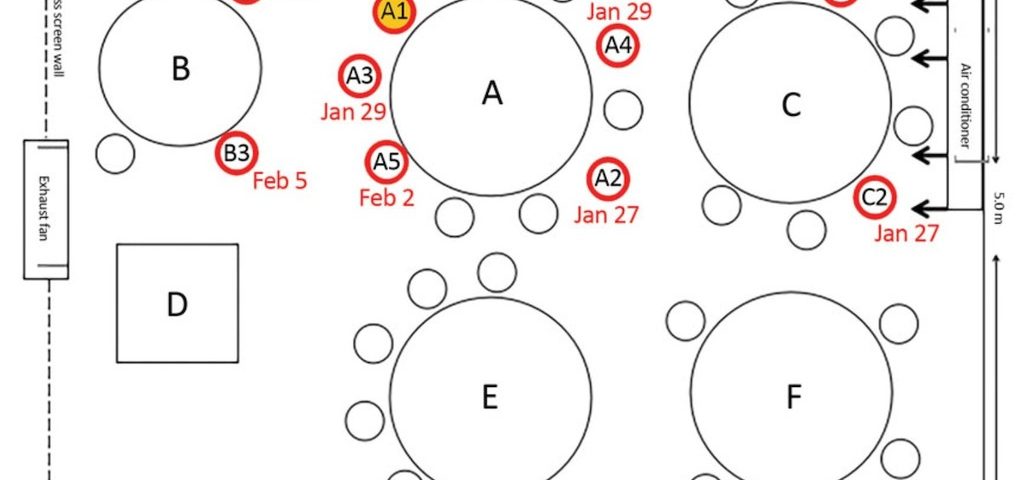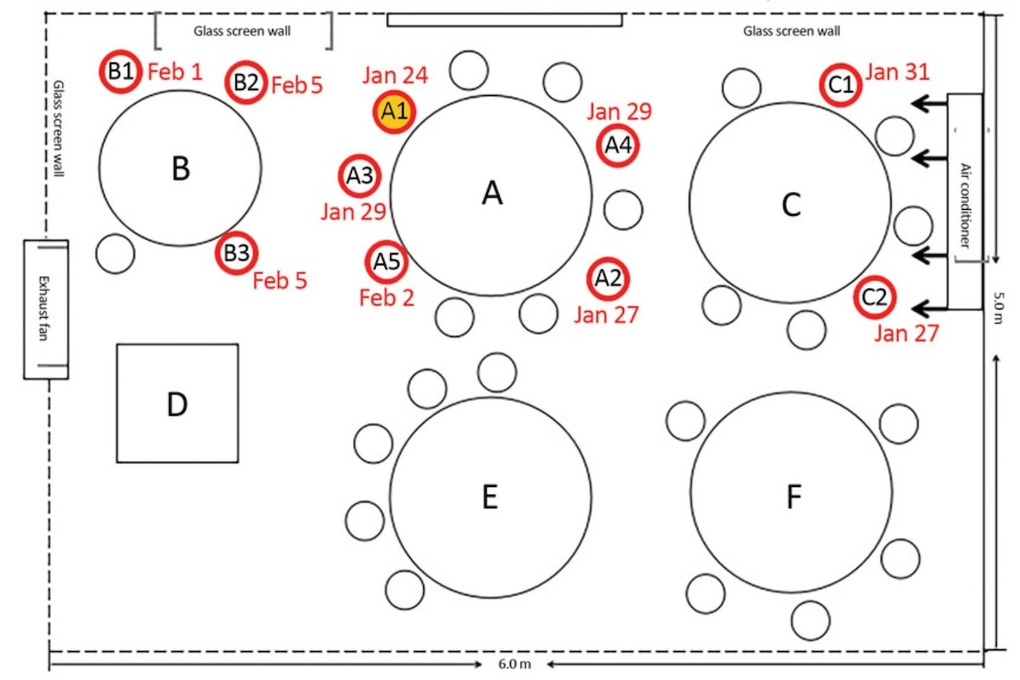COVID-19 Superspreader Events in 28 Countries: Critical Patterns and Lessons #esante #hcsmeufr #digitalhealth #Coronavirus #covid-19 #COVID19FR #coronavirusfrance

Staying Connected in a COVID-19 World #esante #hcsmeufr #digitalhealth #Coronavirus #covid-19 #COVID19FR #coronavirusfrance
26/04/2020
Innovation : le masque réutilisable à l’infini de Michelin – Le Journal du week-end | TF1 #esante #hcsmeufr #digitalhealth #Coronavirus #covid-19 #COVID19FR #coronavirusfrance
26/04/2020In 1899, a German bacteriologist named Carl Flügge proved that microbes can be transmitted ballistically through large droplets that emit at high velocity from the mouth and nose. His method for proving the existence of these “Flügge droplets” (as they came to be known) was to painstakingly count the microbe colonies growing on culture plates hit with the expelled secretions of infected lab subjects. It couldn’t have been pleasant work. But his discoveries saved countless lives. And more than 12 decades later, these large respiratory droplets have been identified as a transmission mode for COVID-19. Flügge’s graduate students continued his work into the 20th century, experimenting with different subjects expelling mucosalivary droplets in different ways. Eventually they determined, as a 1964 report in the Proceedings of the Royal Society of Medicine put it, that the quantity of expelled Flügge droplets varies markedly based on the manner of respiration: “Very few, if any… droplets are produced during quiet breathing, but [instead, they] are expelled during activities such as talking, coughing, blowing and sneezing.” A single heavy …
Source: quillette.com




